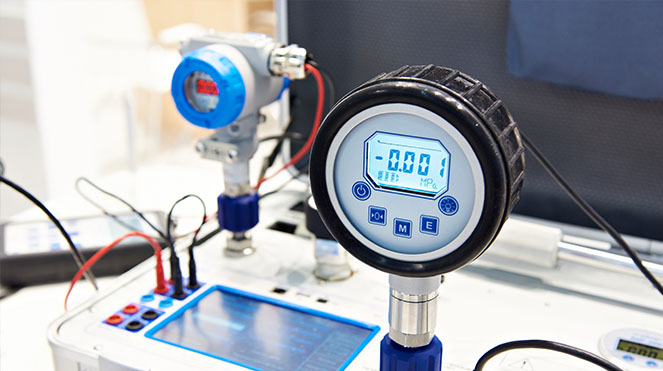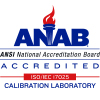
All measurement equipment can drift over time in different ways. Some factors that can influence the amount of drift include environmental exposure, number of uses, handling, storage, age and power supply. These are not all the possible factors but a small list to consider.
Many manufacturers will suggest that measurement equipment should be calibrated at a specific interval, the important thing to understand is this is just a suggestion. Ultimately a calibration interval should be determined by the user based on the factors that can influence drift, the requirements for the process, the allowable risk in the process and previous calibrations once they are available.
To determine the ideal calibration interval for equipment you will need to have a reasonable starting point. Using the manufacturer’s recommendation is a common practice however not the only method to understand best practice. Using a short calibration interval to begin with to understand short term drift may be helpful or if you are trying to maintain a tighter tolerance. Starting with short intervals and adjusting over time based on calibration results allows you to gather more information about your equipment’s ability to maintain accuracy over time and exposure to your application. On the other hand, long intervals make it more difficult to know at what point your equipment drifts and can be costly depending on how critical the measurement is.
After you have a few calibrations completed on your equipment you can start to make a determination as to whether you need to adjust your interval based on the results. For example, if you have been calibrating annually and the results show that your equipment is out of your process tolerance you may want to consider calibrating more frequently. If the results are still within tolerance each year you may consider extending the time between calibrations or staying with one year knowing that your equipment will maintain the accuracy over that time.
Calibration labs can only provide data on how the equipment performs at the time of calibration under ideal conditions at a measurement parameter. In some cases, being able to monitor equipment in the conditions it is used aids in the understanding of how drift can occur. Developing a method of intermediate checks or tracking the data looking for signs of drift or irregular readings can provide understanding of the equipment’s performance under the process conditions.
Purchase a new data logger? Recently sent in a device for calibration?
Make sure you are running the latest version of MadgeTech 4 Data Logger Software to prevent communication errors!
Latest Standard Software: 4.2.15.0
Latest Secure Software: 4.2.14.1
Questions? Call us at (603) 456-2011 or email us at [email protected].






